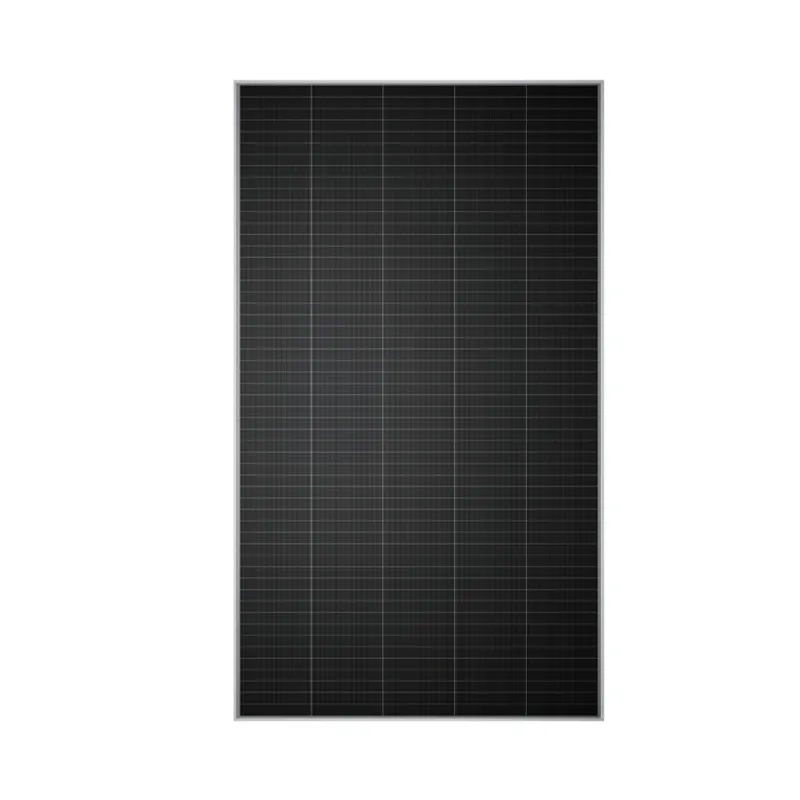solar panels on sloping roof
The Benefits of Solar Panels on Sloping Roofs
As the world moves towards sustainable energy solutions, solar panels have emerged as one of the most viable options for harnessing renewable energy. One of the most effective installations for solar panels is on sloping roofs. Sloping roofs offer numerous advantages that can enhance the efficiency and effectiveness of solar energy systems. This article explores the benefits, considerations, and best practices for installing solar panels on sloping roofs.
Advantages of Sloping Roofs for Solar Installation
1. Optimal Sun Exposure Sloping roofs are typically designed to maximize sun exposure, making them ideal for solar panel installations. Depending on the roof's orientation, panels can be installed to achieve the best angle for sunlight absorption throughout the day. Roofs that face south, for instance, provide maximum sun exposure, which can significantly increase energy production.
2. Natural Drainage One of the challenges with flat roofs is the potential for water accumulation, which can lead to leaks or other structural issues. Sloping roofs, by design, facilitate proper drainage of rainwater and snow, reducing the likelihood of water-related problems that could affect the solar panels or the roof itself.
3. Aesthetic Integration Solar panels can complement the aesthetics of a sloping roof, as they can be installed in a way that aligns with the roof's angle and pitch. With advancements in solar technology, panels come in various styles, including sleek, low-profile designs that blend beautifully with the architecture of a home.
4. Space Efficiency Sloping roofs provide ample surface area for solar panel installation, which is particularly beneficial for homeowners looking to generate significant solar energy. The slope allows for the placement of a larger number of panels without requiring additional ground space, making it an excellent choice for properties with limited yard area.
Considerations for Installation
While there are numerous benefits to installing solar panels on sloping roofs, several factors must be taken into account to ensure a successful installation.
solar panels on sloping roof

1. Roof Condition Before proceeding with a solar installation, it is crucial to evaluate the condition of the roof. A structurally sound roof is imperative for supporting the weight of solar panels. If the roof shows signs of damage or age, it may be necessary to repair or replace it before adding solar panels.
2. Roof Orientation and Pitch The orientation and pitch of the sloping roof affect solar panel efficiency. Ideally, roofs with a pitch of around 30 degrees and south-facing orientations yield the best results. Homeowners should consult with solar experts to determine the optimal configuration for their specific roof design.
3. Local Regulations and Permits Installing solar panels often requires compliance with local building codes and regulations. Homeowners should research their area's guidelines and obtain any necessary permits before proceeding with the installation.
4. Professional Installation Given the complexities involved in rooftop installations, hiring a professional solar installer is highly recommended. Experienced installers can assess the roof’s viability, ensure proper placement and securing of the panels, and connect the system to the electrical grid safely.
Best Practices for Maintenance
Once solar panels are installed on a sloping roof, maintaining them is essential for long-term performance. Regular inspections and cleanings will help ensure the panels operate at peak efficiency. It is also advisable to check the roof for potential damage and debris accumulation that could affect energy production or compromise the roof's integrity.
Conclusion
Solar panels installed on sloping roofs present a remarkable opportunity for homeowners to harness renewable energy while enhancing their property value. With optimal sun exposure, effective drainage, and aesthetic compatibility, sloping roofs are prime candidates for solar energy systems. By considering the roof's condition, orientation, and local regulations, homeowners can enjoy the environmental and financial benefits of solar energy for years to come. As we continue to strive for a more sustainable future, investing in solar energy through sloping roof installations represents a significant step towards reducing our carbon footprint and embracing cleaner energy sources.
-
Unlocking Energy Freedom with the Off Grid Solar InverterNewsJun.06,2025
-
Unlock More Solar Power with a High-Efficiency Bifacial Solar PanelNewsJun.06,2025
-
Power Your Future with High-Efficiency Monocrystalline Solar PanelsNewsJun.06,2025
-
Next-Gen Solar Power Starts with Micro Solar InvertersNewsJun.06,2025
-
Harnessing Peak Efficiency with the On Grid Solar InverterNewsJun.06,2025
-
Discover Unmatched Efficiency with the Latest String Solar InverterNewsJun.06,2025







